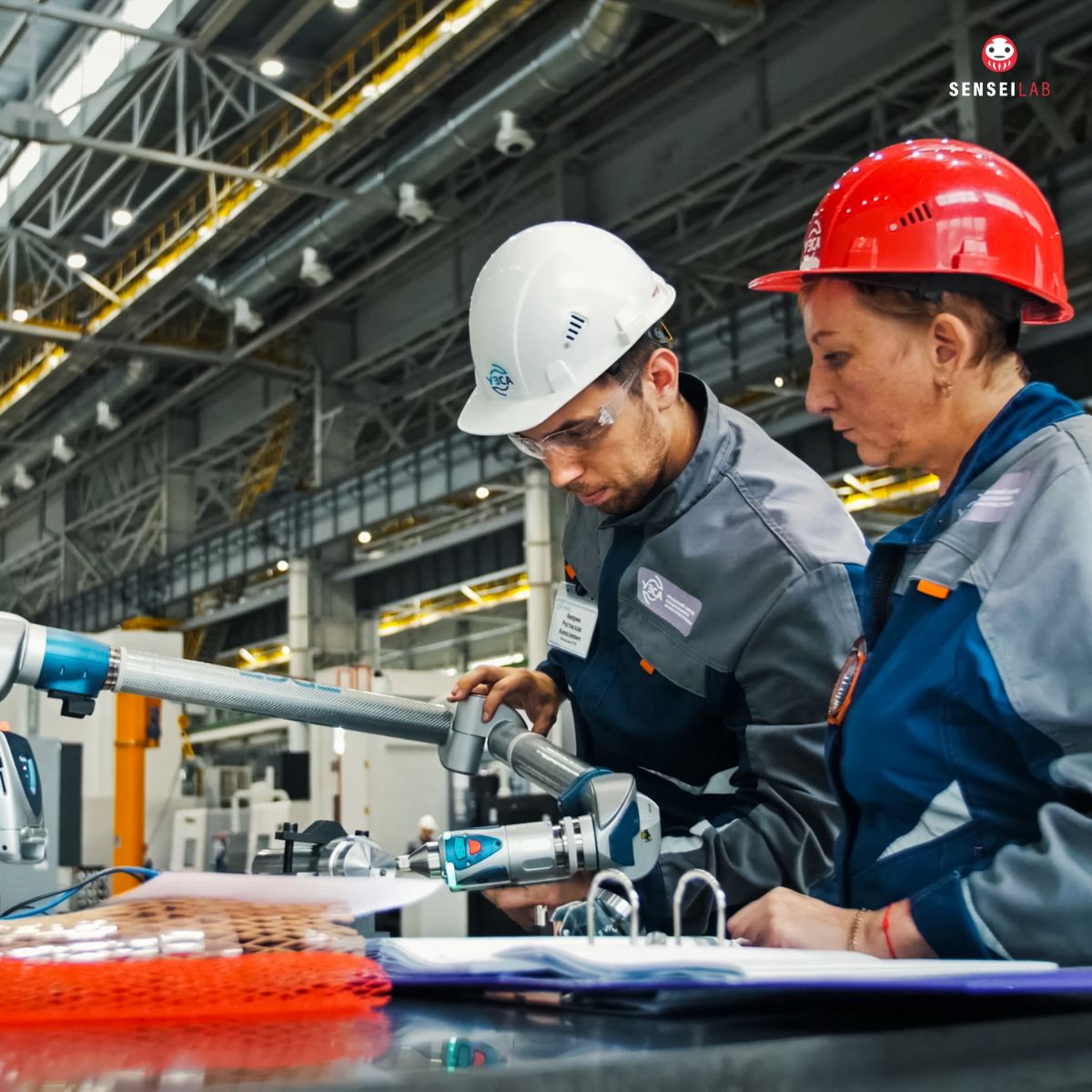I have helped different industries deploy their Lean mindset and build their own operational systems. And through all these experiences, one truth has become clear: facts and figures alone don’t drive change—stories do.
A few years ago, I worked with an automotive supplier in Europe struggling with excessive lead times. The leadership team had tried everything—Kaizen events, value stream mapping, even investing in new technology—but the results were lackluster. Employees saw Lean as just another corporate initiative destined to fade away. That’s when I changed my approach. Instead of more charts and data, I told them a story.
I shared the tale of a struggling factory much like theirs, where a team on the verge of burnout transformed their operation by eliminating a single form of waste: waiting. I described how a technician, frustrated by constant part shortages, worked with his colleagues to redesign the material flow, reducing downtime by 40%. The result? A faster turnaround, happier customers, and a sense of pride in their work. As I spoke, I saw heads nodding. People leaned in. They saw themselves in the story.
Storytelling makes Lean principles relatable. It connects logic with emotion, and emotion is what moves people to act. Here’s how you can use storytelling to train teams in Lean Manufacturing:
- Make it personal – Data is essential, but people remember stories. Share real (or relatable) experiences where Lean made a difference. Talk about challenges, frustrations, and breakthroughs.
- Use characters your audience identifies with – Employees need to see themselves in the story. Don’t just talk about abstract business problems; highlight the struggles and victories of frontline workers, engineers, or supervisors.
- Frame problems and solutions as a journey – Every Lean transformation is a hero’s journey. There’s an initial struggle, a turning point, and a resolution. Show how small changes led to big results.
- Create a sense of urgency and possibility – A well-told story taps into emotions like frustration, hope, and pride. Make people feel the pain of inefficiency and the excitement of improvement.
- Involve the audience in the story – After telling a story, ask: “Have you ever faced something similar?” Let them share their experiences. This creates engagement and ownership of the Lean process.
I’ve seen skeptical teams turn into engaged problem-solvers simply because they connected with a story. Lean is more than tools and techniques—it’s about people. And people respond to stories. If you want Lean to stick, don’t just teach it. Tell it.




